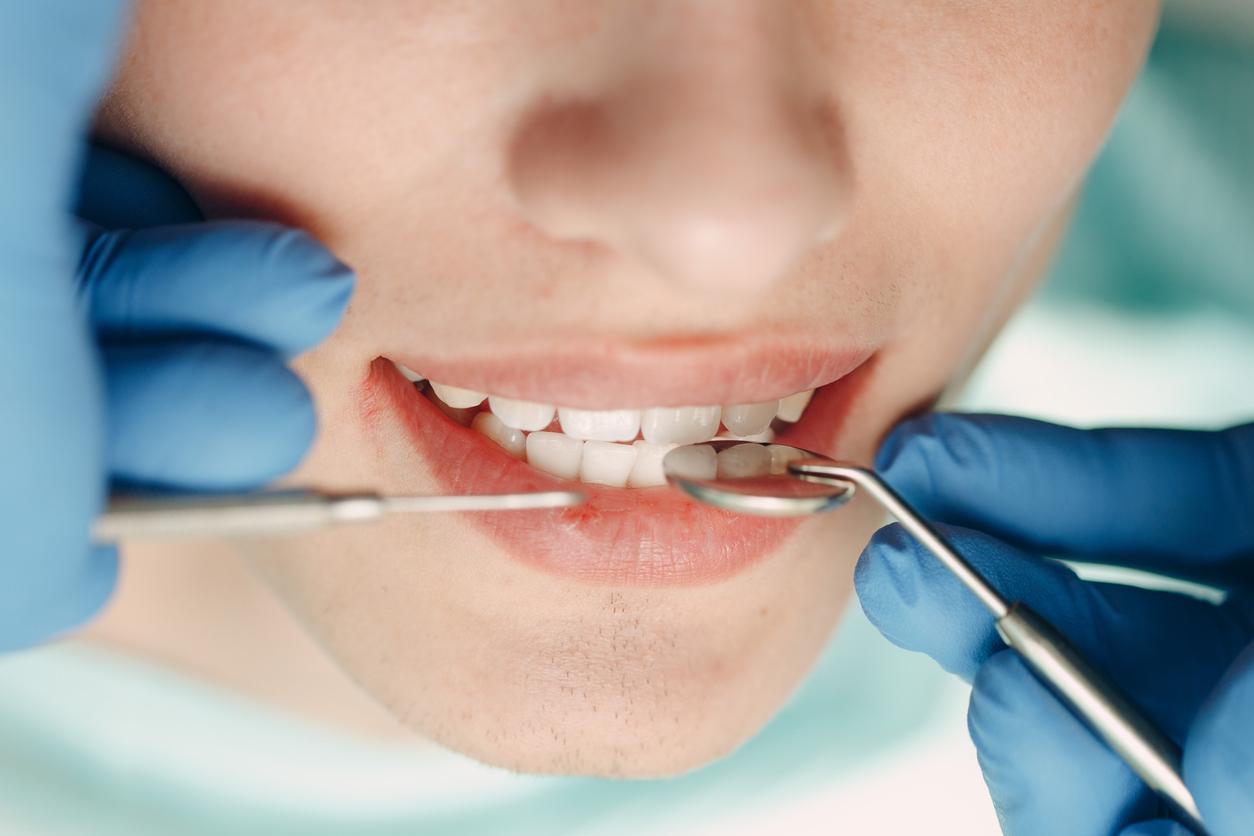
The most common symptoms during the menopause are the so-called hot flashes, flushes or vapors. This causes not only a red color, but also enormous heat. Not much fun.
The symptoms of menopause are different for every woman. The one has almost nothing to do with it, for the other the phenomena are not really fun. As many as 86 percent of women have hot flashes.
Dilation of blood vessels
As a result of the reduced estrogen production, the autonomic nervous system is stimulated, which regulates the functions of the internal organs beyond its will. Also that of the vascular system.
This system is disrupted by the hormone deficiency and unexpectedly causes a short-term widening of the blood vessels on the surface of the skin, especially in the face, neck and chest.
As a result, these blood vessels temporarily contain more blood than usual and this not only causes a red color, but also an enormous heat. Such a hot flash can last for a few seconds, but sometimes for half an hour. They can occur at any time of the day (and night); they don’t announce themselves in advance.
perspiration attacks
The frequency can vary greatly; from one per day to one per quarter of an hour. Hot flashes are often accompanied by perspiration attacks, which are so severe that you sometimes have to change a few times a day.
When the hot flashes occur at night, you may even need to change the bed. Because the sheets are soaked with perspiration. The result is poor sleep.
Tips
- Wear light clothing, preferably made of natural fabrics.
- Opt for a blouse instead of a turtleneck. Then you can unbutton it if necessary.
- If necessary, take a refreshing shower several times a day.
- Make sure you have enough on hand. If you are very busy with your work or other activities, you pay much less attention to possible complaints.
- Get plenty of exercise in the fresh air.
- There are also natural solutions, such as preparations containing salvia, which help with hot flashes and night sweats.
















